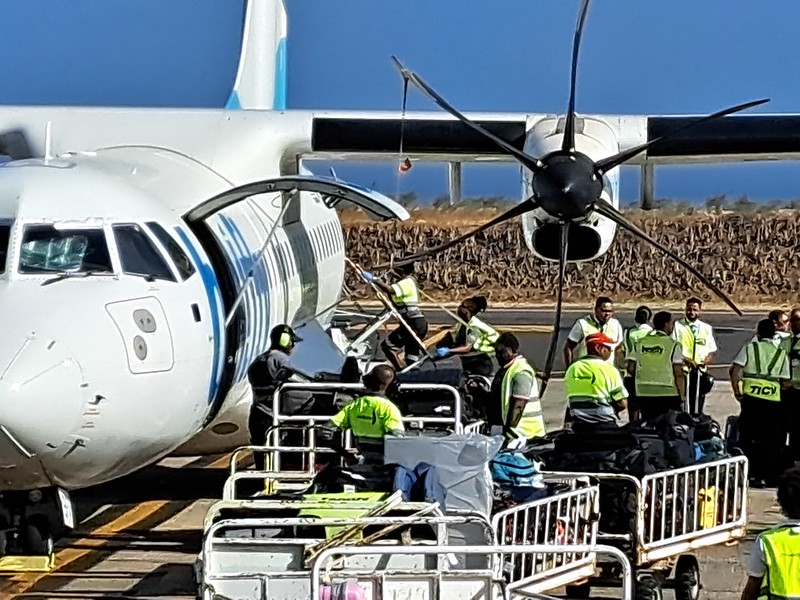I am not sure how I will conclude this post, but it is beginning as a place to gather a few items to share with my environmental geography class, as I spend the week of Hurricane Milton's landfall away from class. When we gather again, I will want to review a few things from a very eventful week.
A Very Strange Case of Climate Politics
This literary comparison came to me in the aftermath of Hurricane Milton, the second to ravage Florida in as many weeks. I was listening to a briefing on C-SPAN that was led by Gov. Ron DeSantis. He and other officials detailed what was known of the damage, the federal, state, and local responses, and what was to be expected in coming hours and days. They mentioned lessons learned from prior experiences and provided very clear guidance based on those lessons. He exuded competence and compassion throughout the entire briefing.
In the moment, he seemed to be exactly what Florida needed. But he bears some responsibility for that moment. All of us do to some degree, but he is working deliberately to make climate change more damaging. It makes no sense, because he knows better than anyone what the damage looks like. He has famously prohibited discussion of climate change by state employees. He has also vetoed measures that would have both lesson the state's contribution to climate change and increased the resilience of coastal areas.
Federal Response
Among the many Federal resources assisting in the hurricane response are the National Hurricane Center and the National Weather Service, both of which are part of NOAA -- an agency that Project 2025 seeks to privatize. Another important agency, of course, is FEMA -- the Federal Emergency Management Administration. To his discredit, DeSantis mentioned only the Florida equivalent in his remarks, downplaying its federal counterpart. (Somebody please correct me if I'm wrong about this.)

This admittedly bureaucratic response arises from a very clear realization among military planners that coastal bases and other resources are extremely vulnerable to climate change. Moreover, as the largest single consumer of fossil fuels, the U.S. military contributes significantly to those risks.
How We SurvivePictured at left is radio host Kai Ryssdal, in a photo taken when he served in the Navy in Norfolk, Virginia in the 1980s.
I have been listening to him on the program Marketplace for many years. This is essentially the only business and economics program I consider worth listening to. I only learned recently that he has a special interest in the role of the military in climate change, and is in the sixth season of How We Survive, which is a podcast devoted exclusively to this important topic. He suggests that the U.S. military has been devoting some attention to climate change since the 1950s -- before he and I were even born. (We are almost exactly the same age.)
The Fallout
All of this matters because at the level of national politics, extremists who have been politicizing climate science for a long time are now doing the same with weather science. Some of those who once claimed that humans could not influence climate are claiming that humans are orchestrating weather events. Most notably, Marjorie Taylor Green has claimed that "they" have created recent hurricanes as a political tactic. This rhetoric has been amplified by her party's presidential candidate and has led to ordinary weather forecasters being the brunt of baseless claims and death threats.
For example: Threats against workers in North Carolina
The tweet referenced above is from MTG
Meanwhile, Zillow appeals to grownups
Those who think the Federal response has been lacking should recall Hurricane Maria, when aid was deliberately withheld by then-president Trump. The parallels are striking: I know from personal experience that both Puerto Rico and Western North Carolina are characterized by extremely complex networks of roads and river valleys that make their residents particularly vulnerable to isolation during major storms.



























